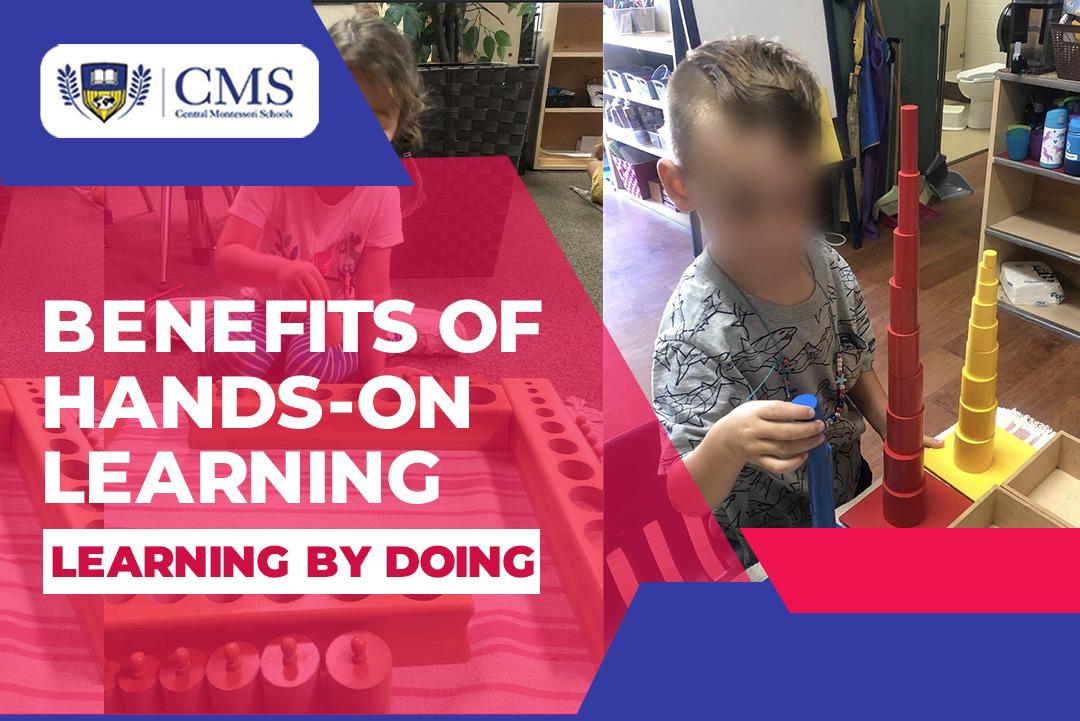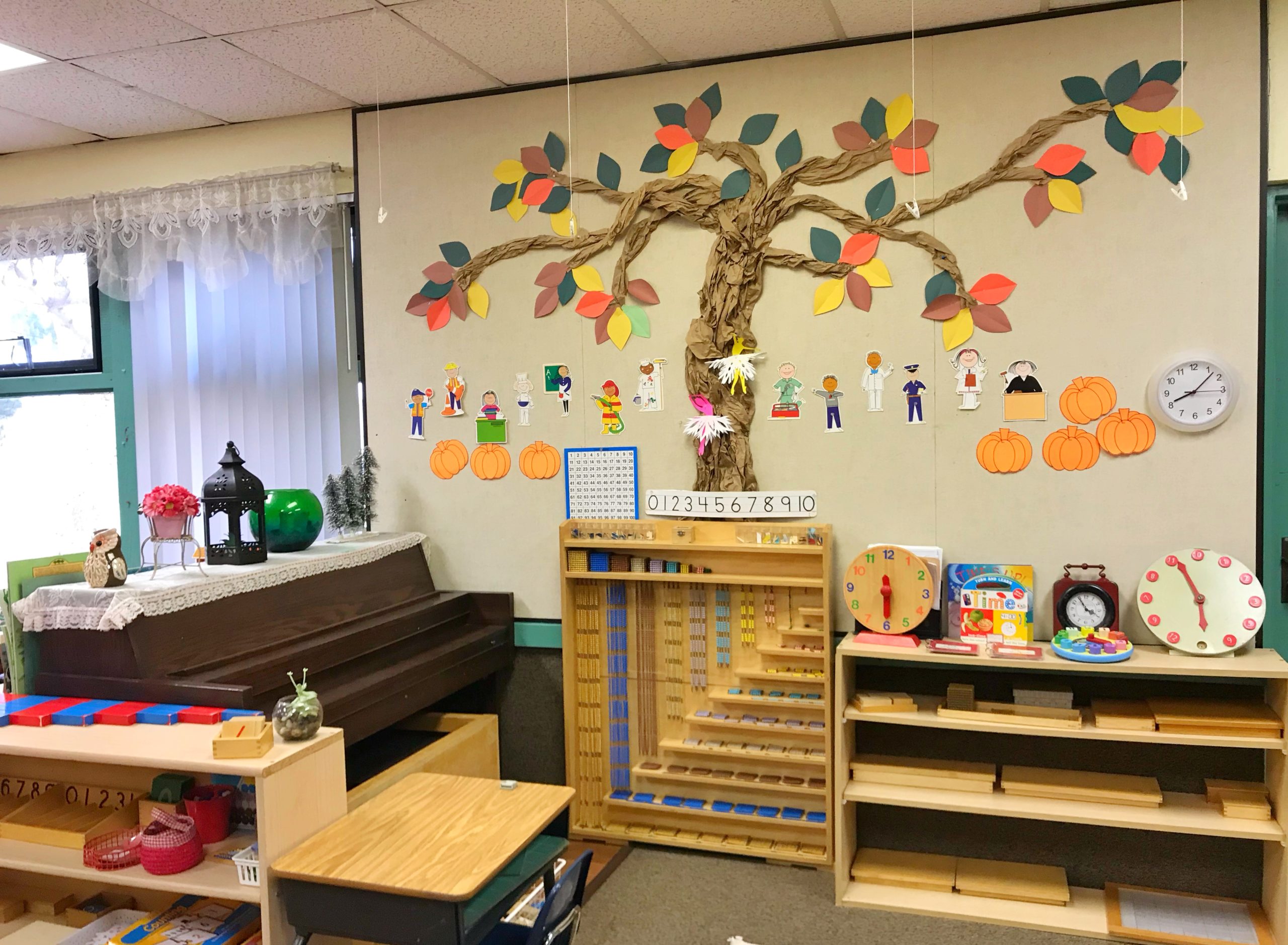
Hands-on learning has long been publicized lavishly by parents and educators as a significant factor
in raising children who go on to have a lifelong love of learning and who perform better
academically. But what exactly do we refer to when we say “hands-on learning,” and why is it so
beneficial to students?
THE HISTORY OF HANDS-ON LEARNING
Think back to when you were in school – you might’ve taken classes such as home economics,
sewing, or even auto-mechanics. Or maybe your schedule featured music, painting, or photography.
Now, look at the schedule of a child today—music is an extracurricular, sewing is no longer offered,
and auto-mechanic’s classes are found in trade schools. Students now complete handouts and sit
through lectures, taking endless notes and reading through expensive textbooks. The hands-on
experience that was once thought of as the key to building a well-rounded student has now
disappeared from the traditional classroom.
Hands-on Learning isn’t just for sewing, cooking, or painting; it can be a part of any subject. It’s the
common name for Experiential Learning, which is the philosophical term behind the idea of
immersing oneself in a subject in order to learn. Experiential Learning has been around since 350
BCE, when Aristotle wrote, “for the things we have to learn before we can do them, we learn by
doing them”. This idea ultimately became popular in the early 1950s and thanks to the backing of
famous psychologists such as Jean Piaget, Kurt Lewin, and John Dewey, Experiential Learning quickly
became a staple in American education.
HANDS-ON LEARNING TODAY
Fast forward to the early 2000s, and increasing pressure for drastic improvements on national test
scores led to a nationwide shift in education. Schools were faced with the challenge of improving
test scores while also staying under budget. They were ultimately forced to cut programs like sewing
and home economics, and focus their attention on creating a more lecture-based curriculum geared
towards improving test scores and decreasing spending. Later, after STEM classes were deemed
more desirable and ultimately affordable, arts programs, once part of schools’ core class offerings,
were cut. Despite the increase in the number of STEM classes offered in American schools, there has
still been a steady decline in the amount of time a student spends interacting with his or her
subjects. And that’s a real shame because hands-on learning brings so many benefits to students,
including:
i)It is a more engaging way to learn
ii)It can lead to increased retention
iii)It can offer practice in problem-solving and critical thinking
BENEFITS OF HANDS-ON LEARNING
1.Better way to learn
Some children learn best by looking at visuals. Some children learn best by listening to a parent or
teacher speak. And some children learn best by reading and writing about something. These are
called visual, auditory, and reading/writing learning styles, respectively. But there is a fourth learning
style that is easy to overlook: Kinesthetic learning, which is a fancy way of saying “learning by doing.”
When students are forced to do something, they are engaged in active learning. They’re practicing
their skills and they’re putting their knowledge to the test. Most importantly, they are actively
creating knowledge, instead of passively consuming it.
- Practice makes you perfect.
Beyond simply leading to better engagement, hands-on learning allows students to practice the skills
that they have already learned. As anyone who has ever learned a skill or learned information can
attest to, the more practice you get, the better you will be at that skill, and the better you will be
able to retain the information. - Real deal.
When it comes to education, one of the most difficult things for young children to understand is why
what they are learning is important. They want to know: When will I use this in my life? Why does it
matter?
Incorporating hands-on learning into the classroom or into the home is an easy way for parents and
teachers to show their children exactly how what they are learning can be used in the real world. - Creativity is a skill.
Creativity is a muscle. Just like other muscles, it needs to be regularly exercised or else it will become
harder and harder to be creative. Hands-on learning gives your child one more opportunity to
exercise their creative skills so that they don’t lose them.
Being hands-on is especially important in the classroom because it allows students to engage in
kinesthetic learning. Studies have shown that kinesthetic learning, where a student carries out
physical activities rather than listening to a lecture, is the most popular type of learning with
students – ‘doing’ helps them to gain a better understanding of the material. It allows students to
experiment with trial and error, learn from their mistakes, and understand the potential gaps
between theory and practice. And most important, it provides educators with a unique opportunity
to enrich the minds of their students in new and engaging ways.




